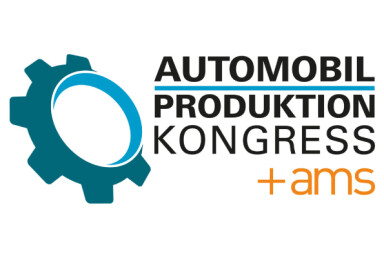China's European Push
Great Wall Motor eyes 300,000-unit European plant by 2029

Great Wall Motor is exploring its first European plant, likely in Spain or Hungary, aiming for 300,000 vehicles a year by 2029 to revive its regional sales.

China’s Great Wall Motor (GWM) has confirmed it is pursuing establishment of its first European assembly plant, with a production target of 300,000 vehicles per year by 2029. The company is currently evaluating potential sites in Spain and Hungary among other locations, said Parker Shi, president of GWM International (the global business division of GWM, responsible for all operations outside of China).
This marks the first public update on GWM’s European manufacturing ambitions since 2023, when the company’s president, Mu Feng, revealed site-selection work had begun.The move reflects an urgency within GWM to arrest declining sales in Europe and to better position itself amid intensifying competition from both legacy automakers and other new-entrant Chinese brands.
Strategic logic: from imports to local builds
GWM’s decision to move beyond exports is grounded in a view that only local assembly can deliver the cost structure, regulatory resilience, and logistics efficiency needed for long-term competitiveness in Europe. According to Shi, labour and logistics costs remain among the “myriad considerations complicating the choice of location,” particularly given that initial assembly would depend on imported components before ramp-up of full localisation.
Moreover, the timing comes against a backdrop of tougher trade and regulatory dynamics, including tariff regimes affecting Chinese imports to Europe. Companies such as BYD and Xpeng have already moved - or are moving - to build a European footprint, highlighting the risk for GWM of being locked out if it remains reliant on exports.
Model offensive and mixed powertrain strategy
GWM intends to launch a wave of new models in Europe, starting with the compact SUV Ora 5, due to reach the market in mid-2026. The “first wave” is to target volume segments with a mix of power-trains - from traditional internal-combustion engines through full hybrids and plug-in hybrids to full electric vehicles.

In its home market the fully electric version of Ora 5 is already on preorder at ¥109,800 (about $15,480) - a price point that illustrates GWM’s ambition to compete on affordability. That same multi-powertrain approach in Europe may help the company appeal to a broader swath of customers, especially those wary of the high cost of EVs or constrained by charging infrastructure.
GWM faces supply-chain risk and rising European competition
But execution will not be straightforward, as the choice of plant location involves complex trade-offs. Even if Spain or Hungary are selected, initial build plans still depend on shipping components from China for assembly, exposing GWM to logistics cost risk and potential supply-chain bottlenecks.
In addition, GWM must contend with fierce competition - not only from established European incumbents but also from Chinese peers already on the ground. For example BYD is expanding production capacity in southern Hungary and Turkey to supply Europe locally by 2028.If GWM delays, it risks entering a more crowded and competitive landscape.
Finally, regulatory and tariff uncertainty remains. GWM’s leadership has acknowledged they are monitoring evolving EU industrial policies and customs regimes, and that “all the business cases need to be workable.” A tempered step towards European automotive production. “Otherwise it will be difficult for us because it’s going to be a huge investment for the long term,” said Shi.
GLOBAL PRODUCTION AND R&D LAYOUT OF GWM

Why this is a test for Chinese manufacturing abroad
GWM’s European plan is not just about scaling production. It represents a test of whether vertically integrated Chinese automakers can translate cost-advantage, product variety and volume discipline into success in a mature, high-regulation market. Their strategy disrupts the traditional auto value chain: instead of exporting finished vehicles, they are importing components, building locally and competing on price and breadth of offering.
If successful, GWM could impact competitive dynamics in Europe - forcing legacy automakers to accelerate electrification, hybridisation or value-pricing to retain market share. If not, it may expose the limitations of Chinese cost-based advantage outside home markets: logistical drag, regulatory uncertainty and a crowded field of rivals may blunt the impact of competitive pricing.
The next 12–18 months will be crucial as GWM must select a location, firm up a business case, and launch the Ora 5 rollout. What happens next could prove to be a bellwether, not just for GWM, but for China’s ambitions to become a firm global automotive manufacturing force.




